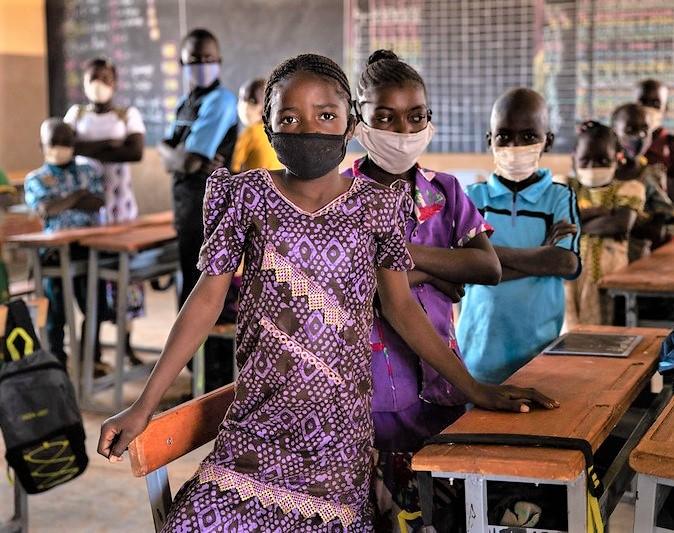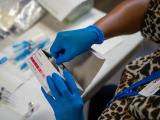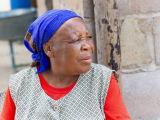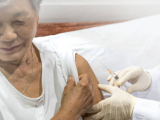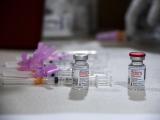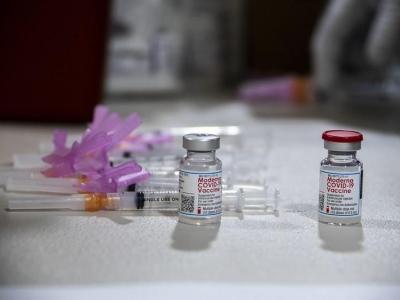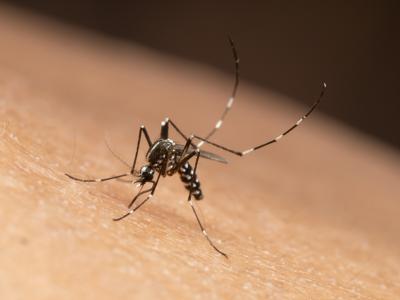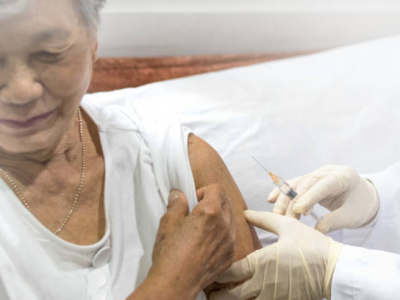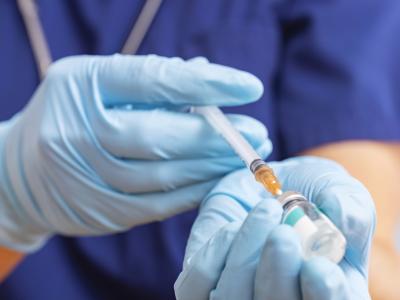Stark gaps in testing and surveillance in Africa contribute to a blind spot regarding how many people were exposed to SARS-CoV-2, but a recent meta-analysis of seroprevalence studies revealed that nearly two-thirds were infected and that the true number of cases might be 98 times higher than official numbers.
In other COVID-19 developments, Shanghai's COVID-19 numbers, mainly asymptomatic infections, continue to surge, and in the United States, disagreement over a bill to fund COVID-19 response efforts has stalled progress, perhaps for many more weeks.
Asymptomatic cases common in Africa
Officials from the World Health Organization (WHO) African regional office today at a briefing detailed the key findings from WHO researchers and their partners. The study is undergoing peer review and originally appeared in a preprint report.
While acknowledging that it's difficult to compare Africa's COVID-19 patterns with that of other regions, the study provides some clues, WHO officials said. For comparison, the global average of true infections is thought to be 16 times higher than official case counts.
Matshidiso Moeti, MBBS, who directs the WHO African regional office, said Africa's levels of asymptomatic infections, at 67%, are known to be higher than that of other regions and that Africa has had milder cases, likely due to lower levels of underlying risk factors and a younger population.
"This under-counting is occurring world-wide and it's no surprise that the numbers are particularly large in Africa where there are so many cases with no symptoms," she said.
Routine COVID-19 testing in much of Africa has focused on travelers and people hospitalized with COVID-19 symptoms, but seroprevalence studies can shed light on asymptomatic and underreported infections, officials said.
For the study, researchers analyzed 151 African seroprevalence studies that were published from January 2020 to December 2021. They found that SARS-CoV-2 exposure surged from 3% in June 2020 to 65% in September 2021, fueled by the spread of the Beta and Delta variants. The group estimated there were likely 800 million cases as of last September, compared with the 8.2 million that were officially reported at that time, or 97.6% higher.
Also, they found that seroprevalence varied in different parts of Africa, with higher levels in urban areas and the highest levels in East, West, and Central Africa. Exposures were lowest in children younger than 9.
Routine testing, contract tracing needed
Moeti emphasized that routine testing is a critical part of tracking the virus and the emergence of new variants. "Countries must ramp up testing, contact tracing, and surveillance so we can stay a step ahead of COVID-19," she said.
Africa's declining cases and high levels of exposure to the virus shouldn't lead to complacency, she said.
"The risks of more lethal variants emerging which overwhelm immunity gained from past infections cannot be brushed aside. Vaccination remains a key weapon in the fight against COVID-19."
Shanghai cases continue to pile up
In China, a lockdown of Shanghai's population of 26 million stretched into its 11th day, with no end yet in sight as the number of mainly asymptomatic cases continues to rise. Of China's 22,995 new local cases today, 21,711 were asymptomatic, 90% of them from Shanghai.
In other global headlines:
- In South America, the BA.2 subvariant makes up 8.7% of sequenced samples, lower than other world regions, officials from the WHO Pan American Health Organization said yesterday. Earlier this week in a weekly pandemic update, the WHO said the more transmissible BA.2 was dominant in all regions, but it has increased later and much slower in South America.
- Germany's parliament today rejected a bill that would have required people ages 60 and older to be vaccinated against COVID-19. Leaders had proposed the legislation to shore up Germany's vaccine coverage, which is a bit lower than that of other Western nations.
- South Korea's cases are declining but are still high, with about 200,000 cases reported a day, Yonhap News reported, noting that the government is considering easing some distancing and mask rules if cases continue to fall.
US lawmakers stall on COVID bill
In the United States, once again Senate debate over a $10 billion funding package for COVID-19 vaccines, tests, and treatments has stalled, and the bill will likely be sidetracked for weeks, the Associated Press reports.
Without an influx of funding, the White House has said money for treatments could dry up as soon as next month, and fourth booster vaccine doses—expected to be widely recommended in the fall—would not be able to be funded by the federal government.
The news comes as the country tallied a slight uptick in COVID-19 cases, likely caused by the BA.2 subvariant of the Omicron strain. The United States reported 40,176 new COVID-19 cases yesterday and 1,241 deaths, according to the Johns Hopkins COVID-19 tracker.
The 7-day average of new daily cases is 29,711, with 599 daily deaths, according to the New York Times tracker.
The Centers for Disease Control and Prevention's COVID Data Tracker shows that 65.7% of Americans are fully vaccinated against COVID-19, 77.1% have received a single dose of the vaccine, and 45.1% of fully vaccinated Americans have received a booster dose.
CIDRAP News Reporter Stephanie Soucheray contributed to this story.
